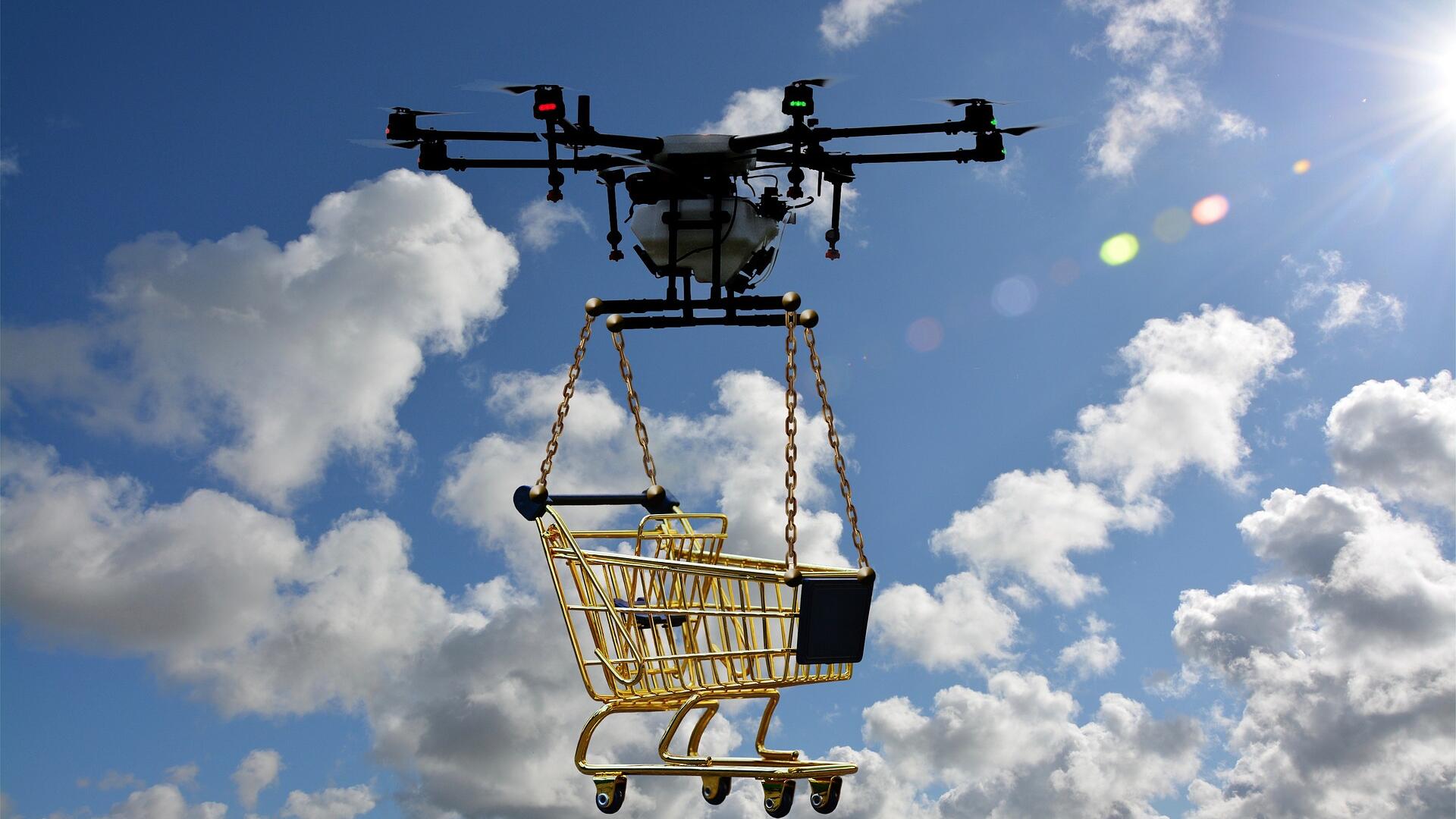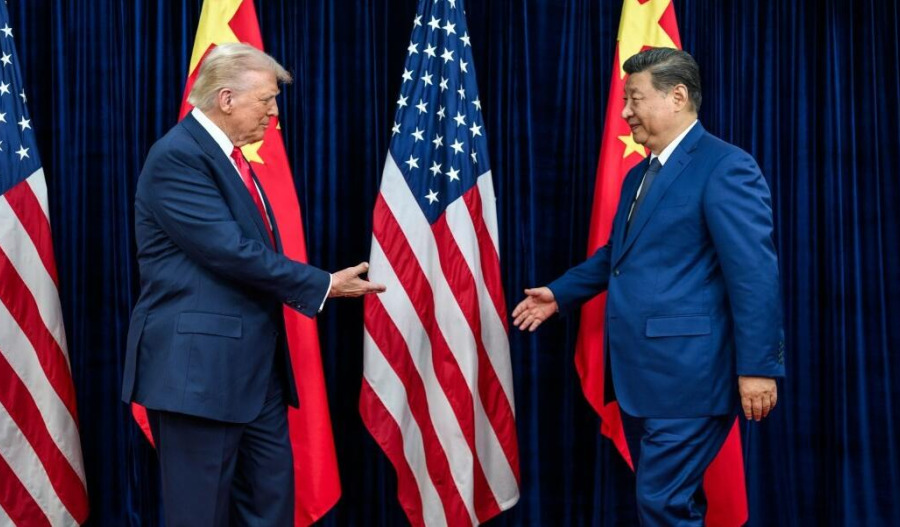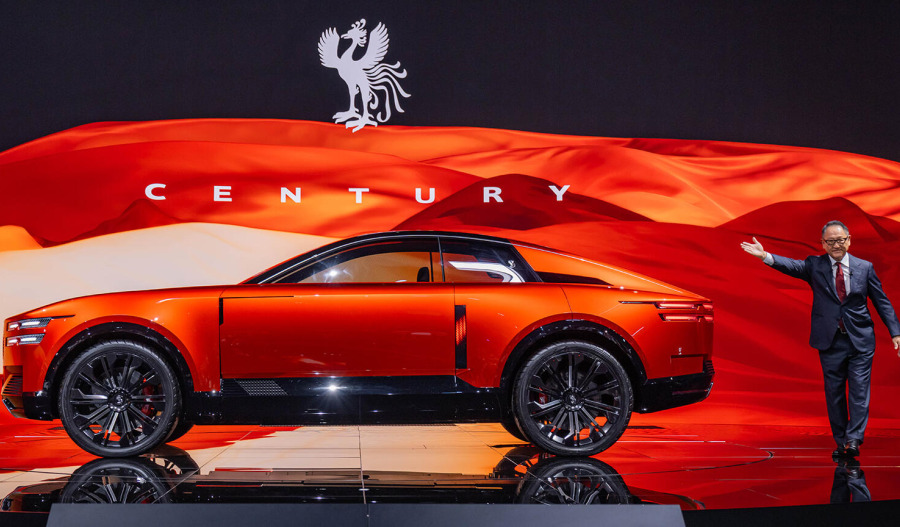While many retailers are doing their best to absorb those costs associated with both stubborn inflation and the tariffs rolled out under the United States Trump administration, without hiking prices too much, Amazon appears to be raising them faster than most.
Retailers often bump up prices when tariffs increase their costs, and companies like Walmart and Target are deploying a “portfolio approach” — meaning they selectively raise prices in some areas while keeping others steady.
According to an analysis from research firm DataWeave, Amazon’s prices were up 12.8% on average this year through to the end of September, while prices at Target rose 5.5% and Walmart’s prices increased 5.3% over the same period.
Having looked at around 16,000 products on each retailer’s website and continuously tracked live pricing data across categories and locations, DataWeave found that Amazon experienced its biggest price jump early in the year — between January and February — when prices on the analysed items rose 3.7%.
Interestingly, that was before most of U.S. President Donald Trump’s tariffs were announced in April, which suggests the increase may have come from post-holiday price adjustments rather than tariffs themselves.
Meanwhile, Target and Walmart only nudged prices up 0.97% and 0.85% during that same time frame.
While DataWeave’s study focused on how each retailer’s prices changed over time rather than comparing them directly, an emerging pattern suggests that stores where customers shop by choice saw steeper increases than those where people shop out of necessity.
Across Amazon, Walmart, and Target, prices for apparel jumped an average of 11.5%, home goods rose 10.8%, pet and consumable products climbed 6.1%, health and beauty went up 7%, and electronics and furniture (known as hardlines) rose 8.3%.
At Amazon, however, every one of those categories saw even larger hikes:
- Apparel: +14.2%
- Home goods: +15.3%
- Pet and consumables: +11.3%
- Health and beauty: +13.2%
- Hardlines: +11.9%
It came as no surprise to Guru Hariharan, CEO of AI-powered e-commerce data firm CommerceIQ, that Amazon had the bigger price increases.
“Third-party sellers are far more exposed to tariff-driven cost increases,” he was quoted as saying in a CNBC story.
“They don’t have the scale, inventory flexibility or private-label leverage that large retailers like Walmart or Target can use to offset costs.”
While Walmart and Target also host third-party sellers, those sales make up a relatively small portion of their business, whereas at Amazon, they account for a much larger share.
Economists doubt the full impact of tariffs has hit yet; however, if Amazon’s pricing trends are any indication, the effects could become more visible during the holiday shopping season and into the fourth quarter.
Interestingly, higher prices haven’t scared away Amazon shoppers, with the company reporting that its online store sales were up 10% year-over-year in the third quarter, while revenue from its third-party seller services — including commissions, shipping, and ads grew 12%.
During Amazon’s Q3 earnings update, CEO Andy Jassy told the market the company is committed to staying sharp on price and meeting or beating other major retailers.
CFO Brian Olsavsky also noted that Amazon’s “competitive pricing, wide selection, and fast delivery” continue to appeal to customers.
In response to DataWeave’s findings, Amazon reminded the market that its internal analysis of millions of popular items showed no unusual price increases beyond typical fluctuations.
The market will get a clearer picture of how other major retailers are handling prices when Target and Walmart release their third-quarter results later this month.
Meanwhile, Target is taking what is regarded as a “last resort” approach to hiking prices and managed to hold prices steady on many back-to-school staples from 2024 to 2025.
Then there’s Walmart, which has reportedly permanently lowered prices on 2,000 items since February, with CEO Doug McMillon acknowledging that tariffs have pushed costs higher, especially for general merchandise, creating what he called “single-digit inflation.”
According to Federal Reserve Chair Jerome Powell, tariffs are currently adding about 0.5 to 0.6 percentage points to the Fed’s preferred inflation measure, the core PCE index.
Without tariffs, Powell said, core PCE inflation would likely be closer to 2.3–2.4%, instead of the 2.9% recorded in August.
The broader Consumer Price Index (CPI) shows a 3% year-over-year increase for September.
While direct comparisons to DataWeave’s study categories are tricky, CPI data shows household furnishings rose 3.7%, personal care items 3.5%, and apparel 2.1% since January — all significantly lower than what DataWeave found online.



